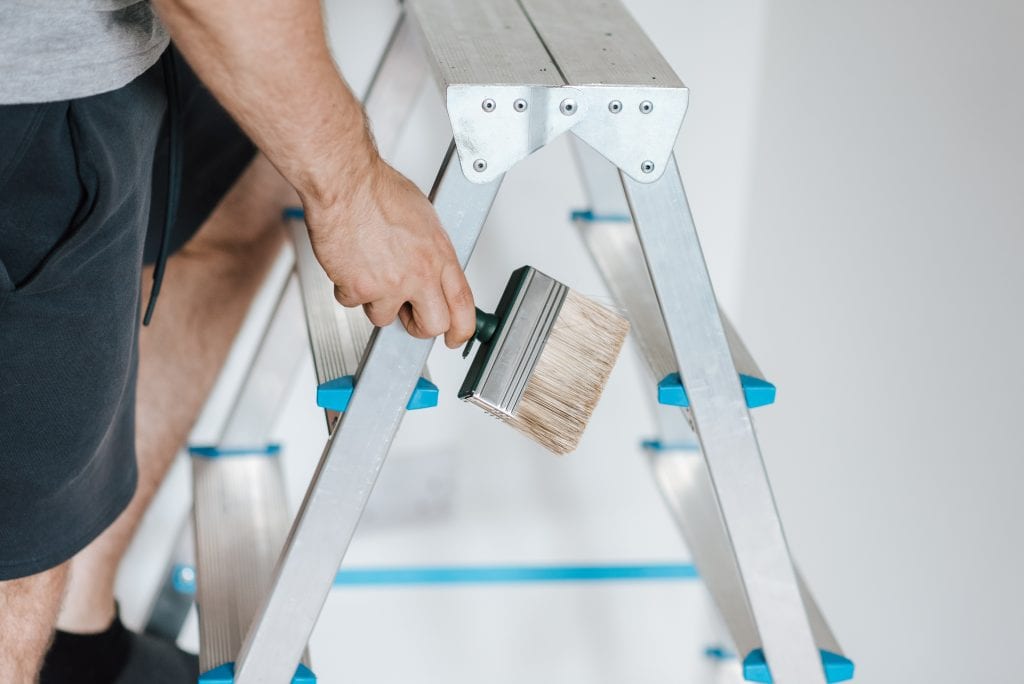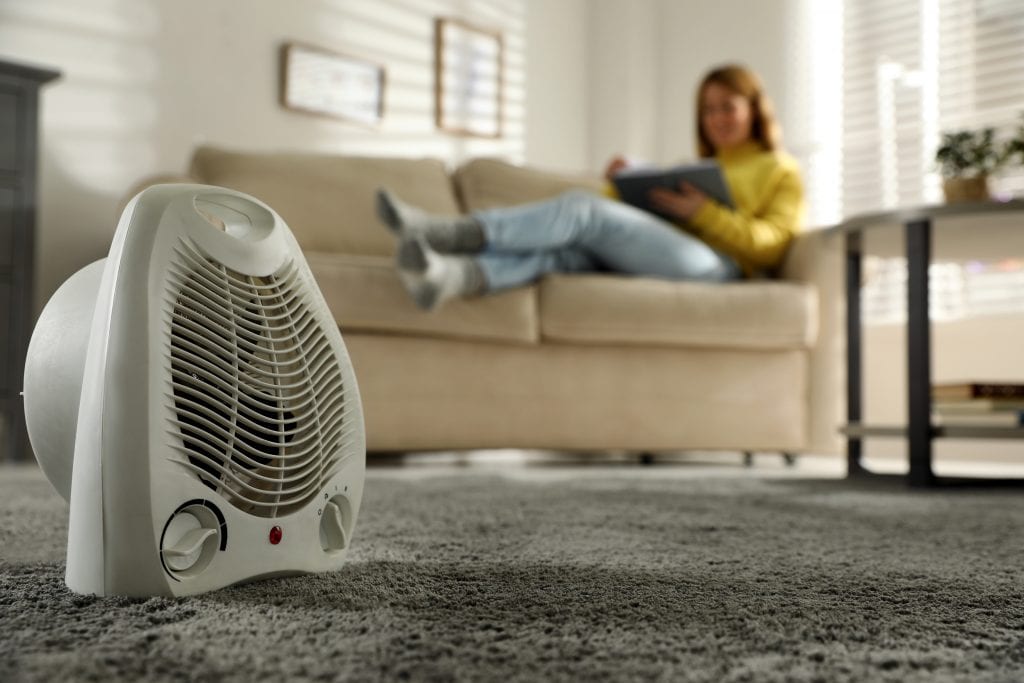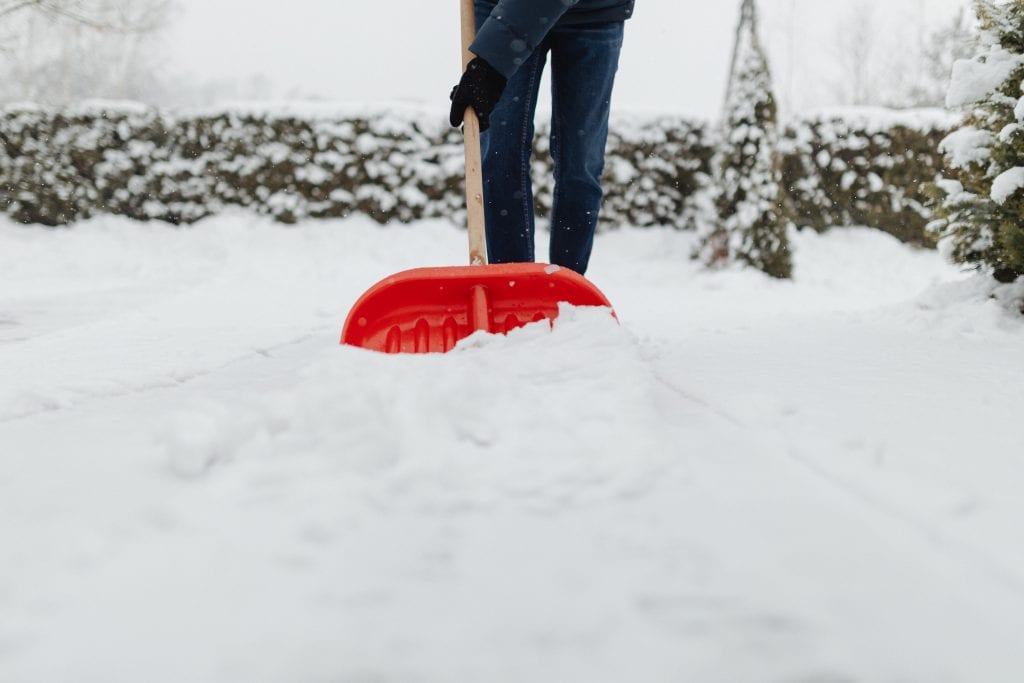March is National Ladder Safety Month. According to the National Institute for Occupational Safety and Health (NIOSH), ladder incidents cause more than 15,000 nonfatal injuries involving days away from work a year, and about 34,000 nonfatal injuries treated in emergency departments.
Here are tips from OSHA to keep you safe while using a ladder:
- Keep ladders free of oil, grease and other slip hazards.
- Do not load ladders beyond their maximum intended load or beyond the manufacturer’s rated capacity.
- Do not use ladders on slippery surfaces unless they are secured or provided with slip-resistant feet.
- Take steps to secure ladders in areas where they can be displaced by work activities.
- Keep areas clear around the top and bottom of ladders.
- Do not move, shift or extend ladders while in use.
- Use ladders equipped with nonconductive side rails if the worker or the ladder could contact exposed, energized electrical equipment.
- Face the ladder when moving up or down.
- Use at least one hand to grasp the ladder when climbing.
- Do not carry objects or loads that could cause loss of balance and falling.



